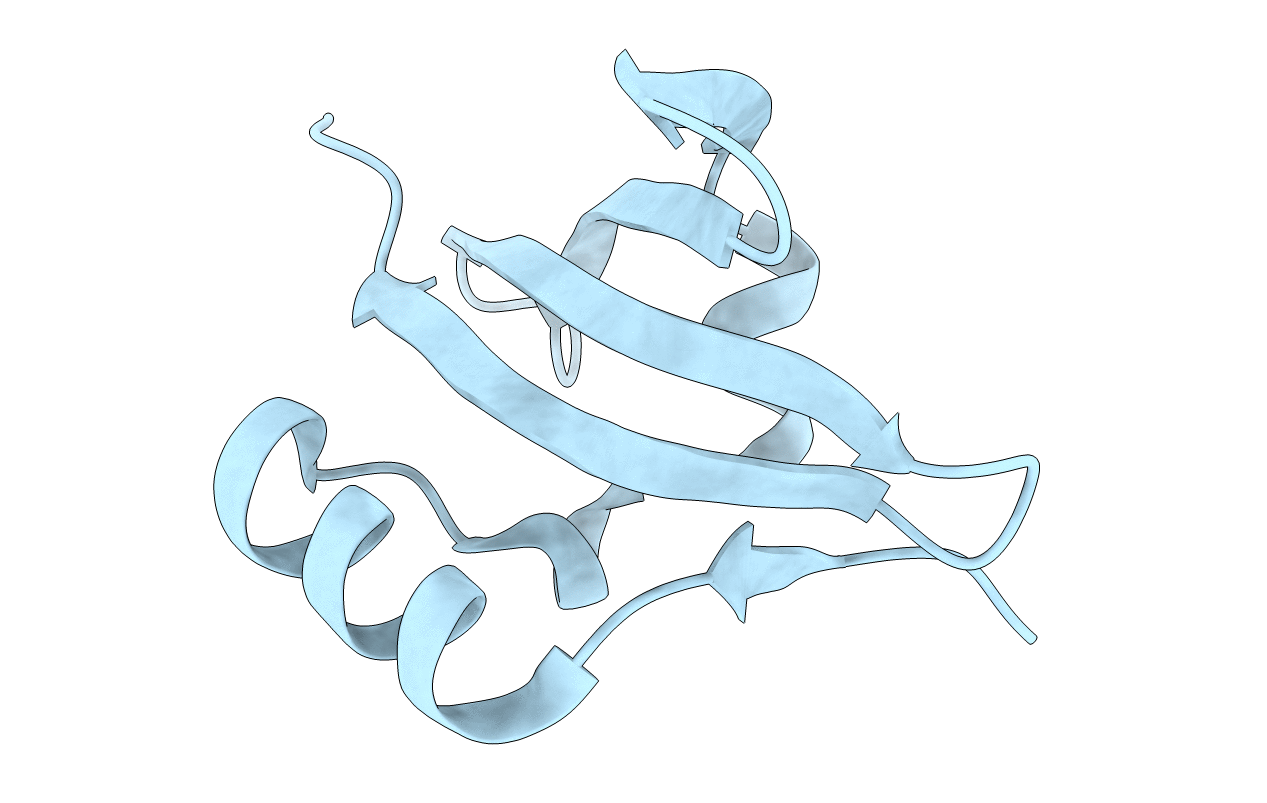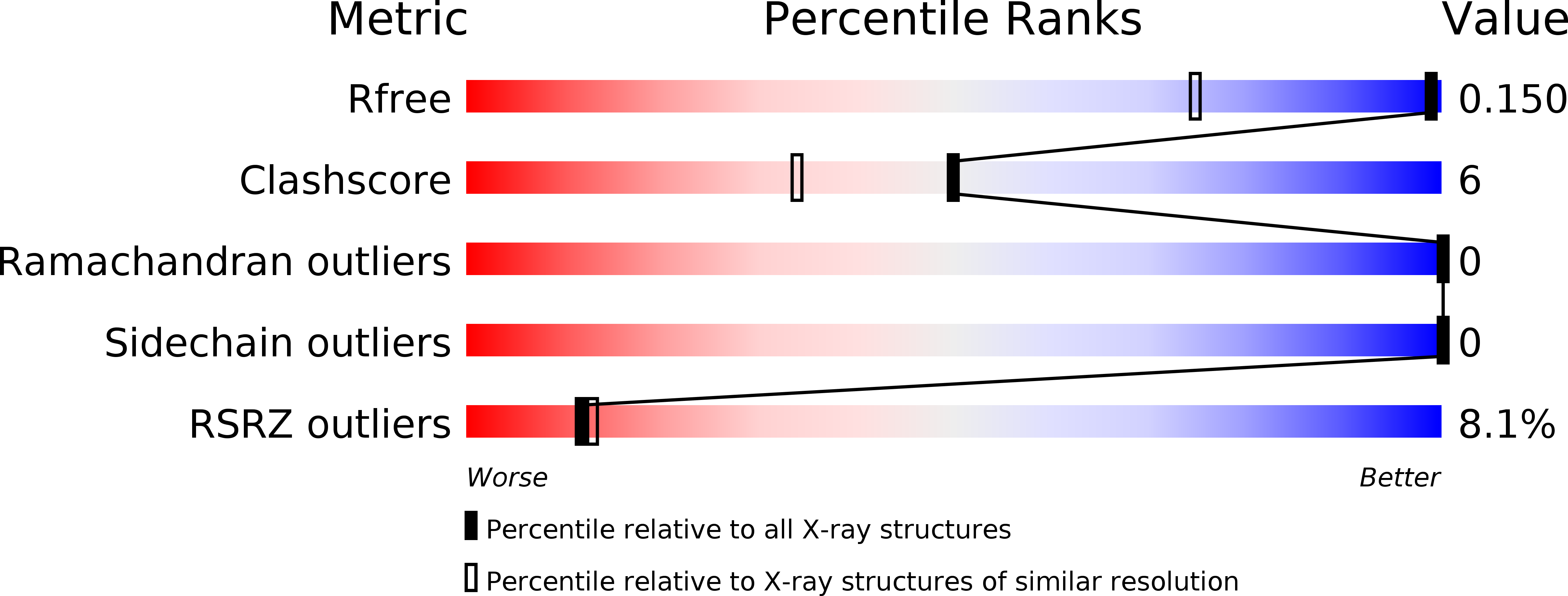
Deposition Date
2011-10-18
Release Date
2012-02-22
Last Version Date
2024-11-20
Entry Detail
PDB ID:
3U97
Keywords:
Title:
1.1 Angstrom-resolution crystal structure of the Brucella abortus ribonuclease toxin, BrnT
Biological Source:
Source Organism:
Brucella abortus (Taxon ID: 262698)
Host Organism:
Method Details:
Experimental Method:
Resolution:
1.10 Å
R-Value Free:
0.15
R-Value Work:
0.13
R-Value Observed:
0.14
Space Group:
I 4


